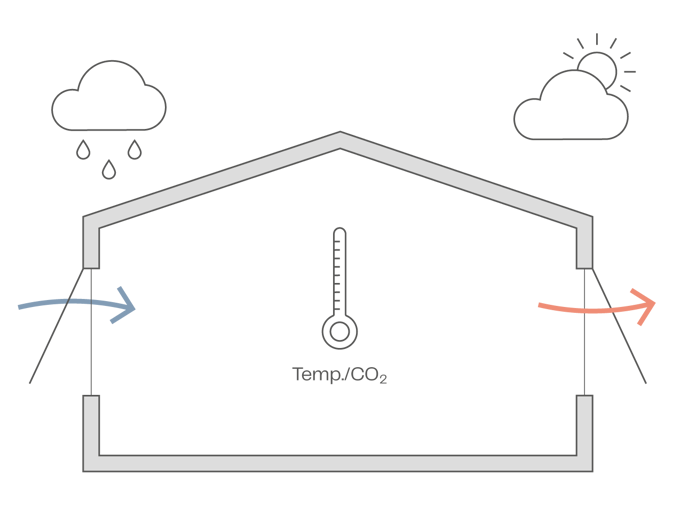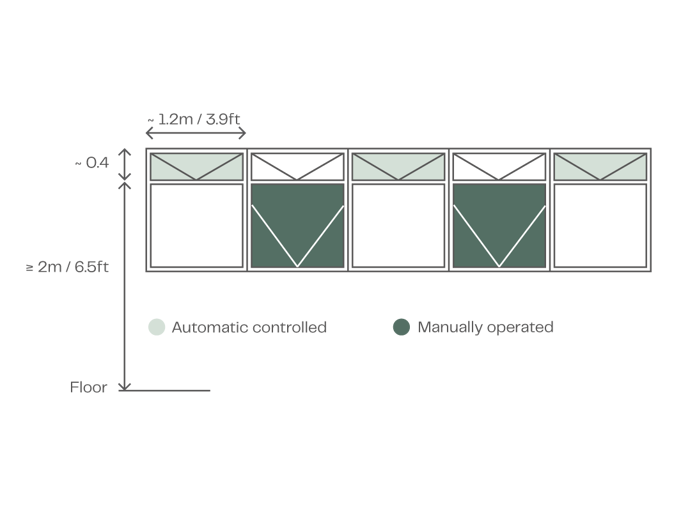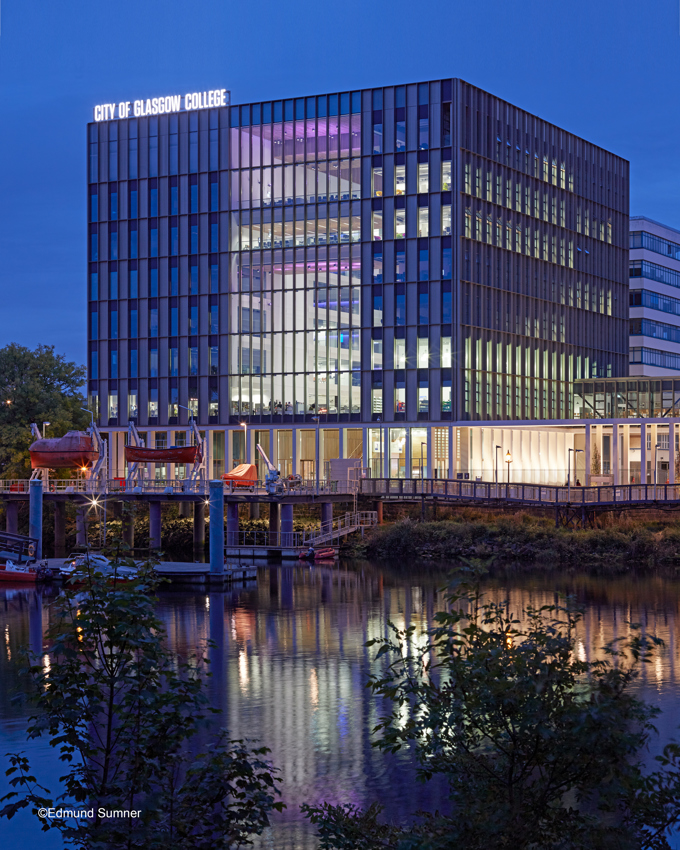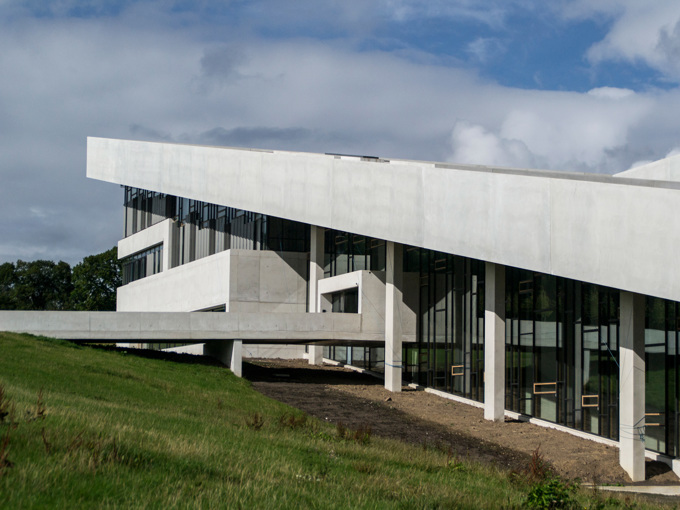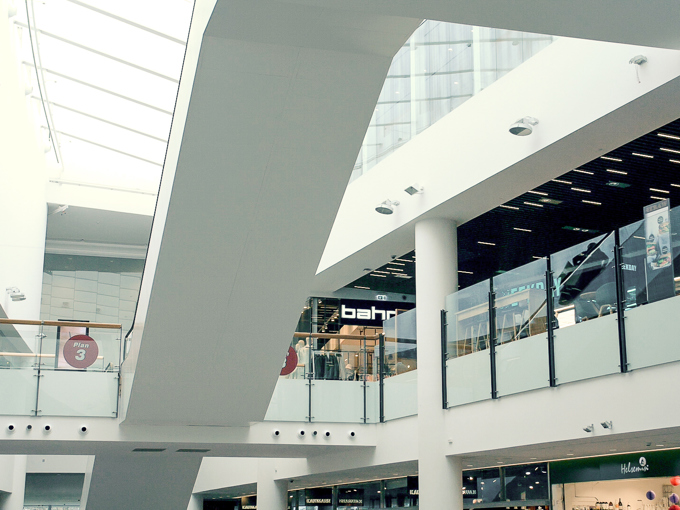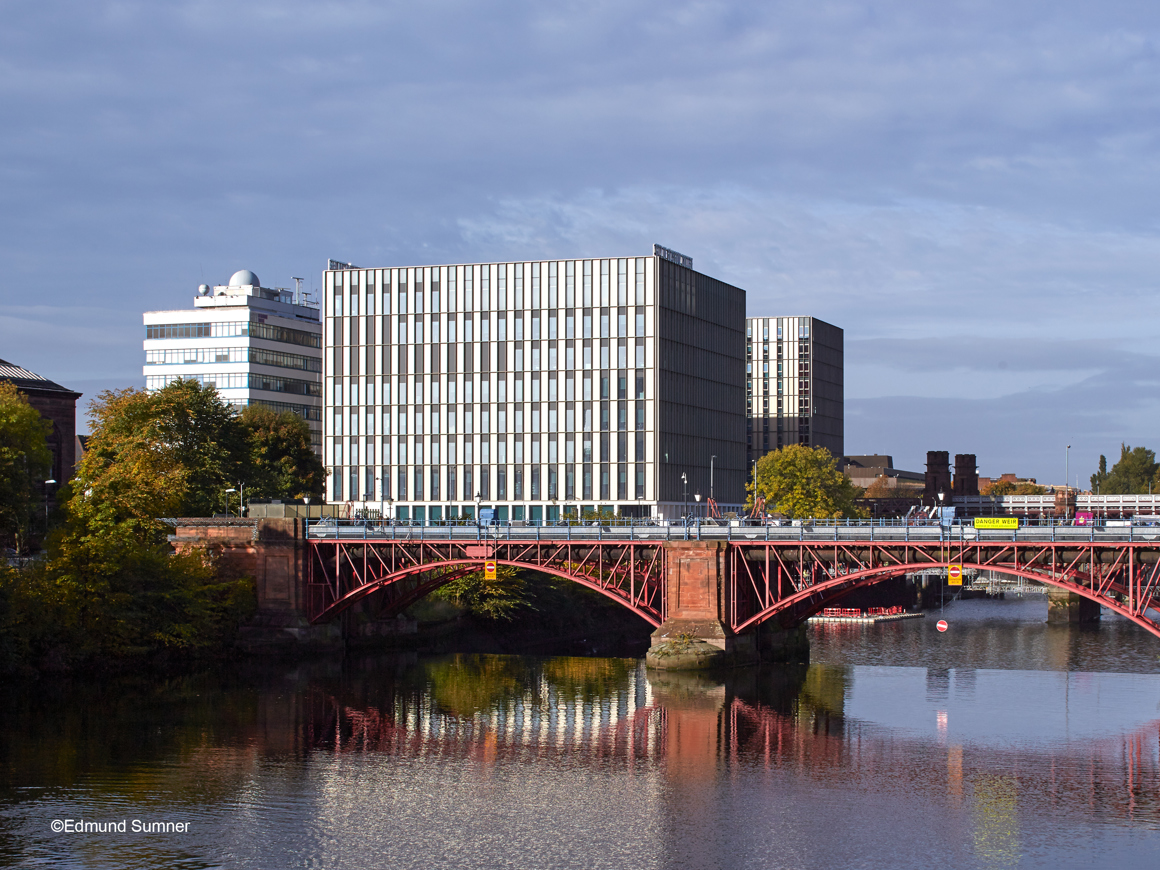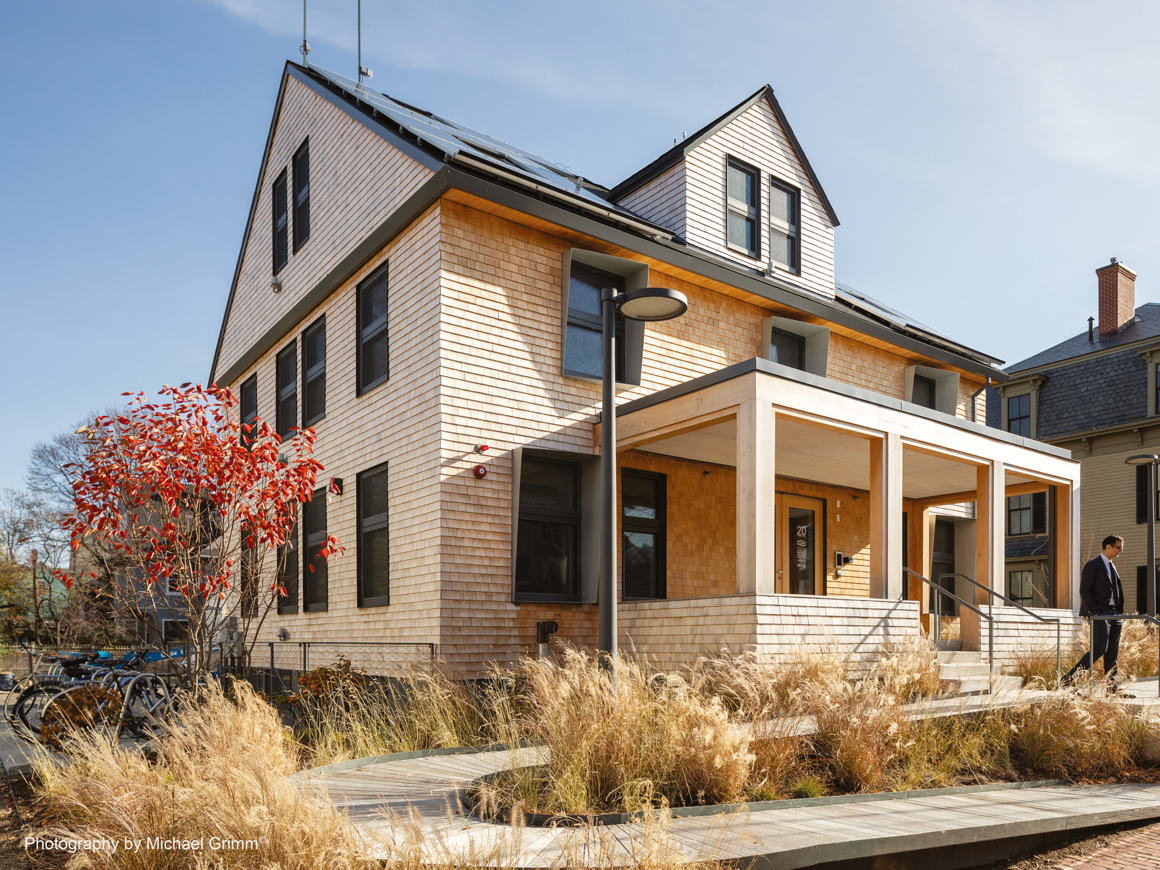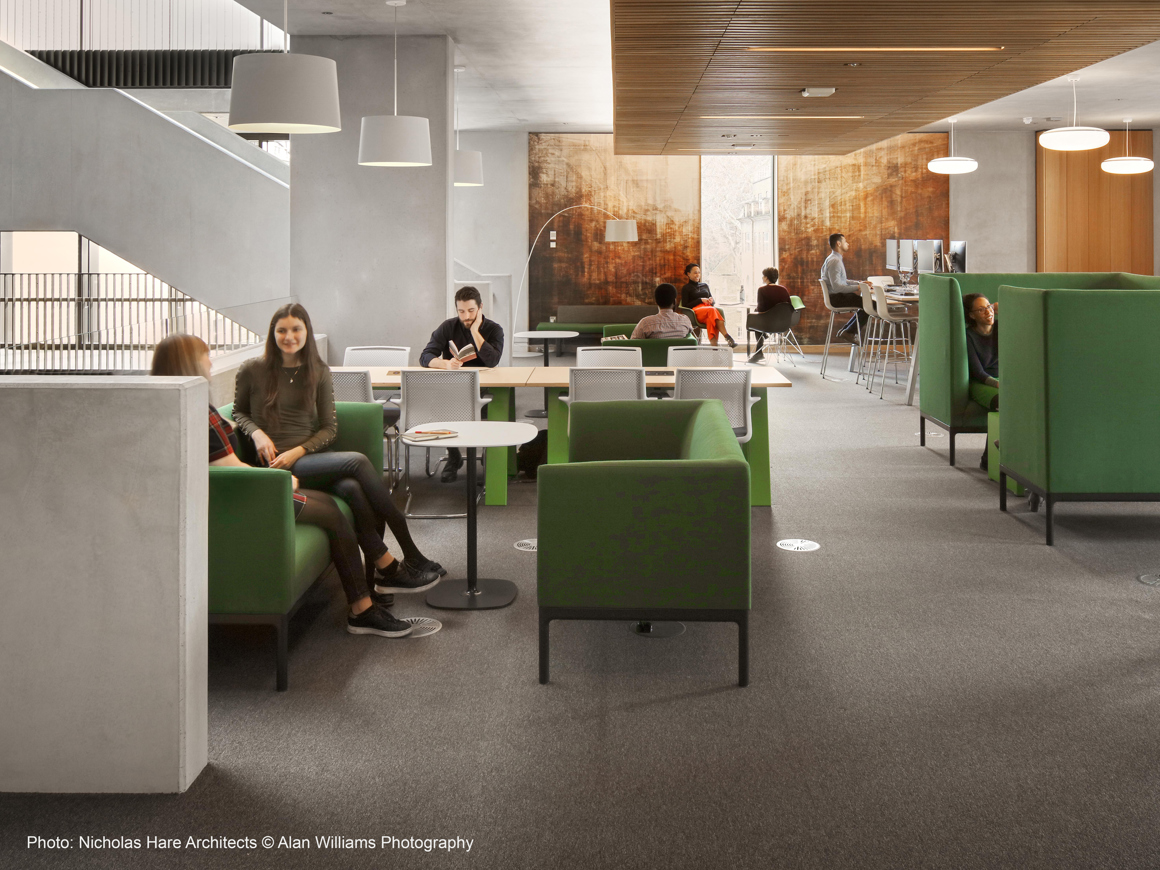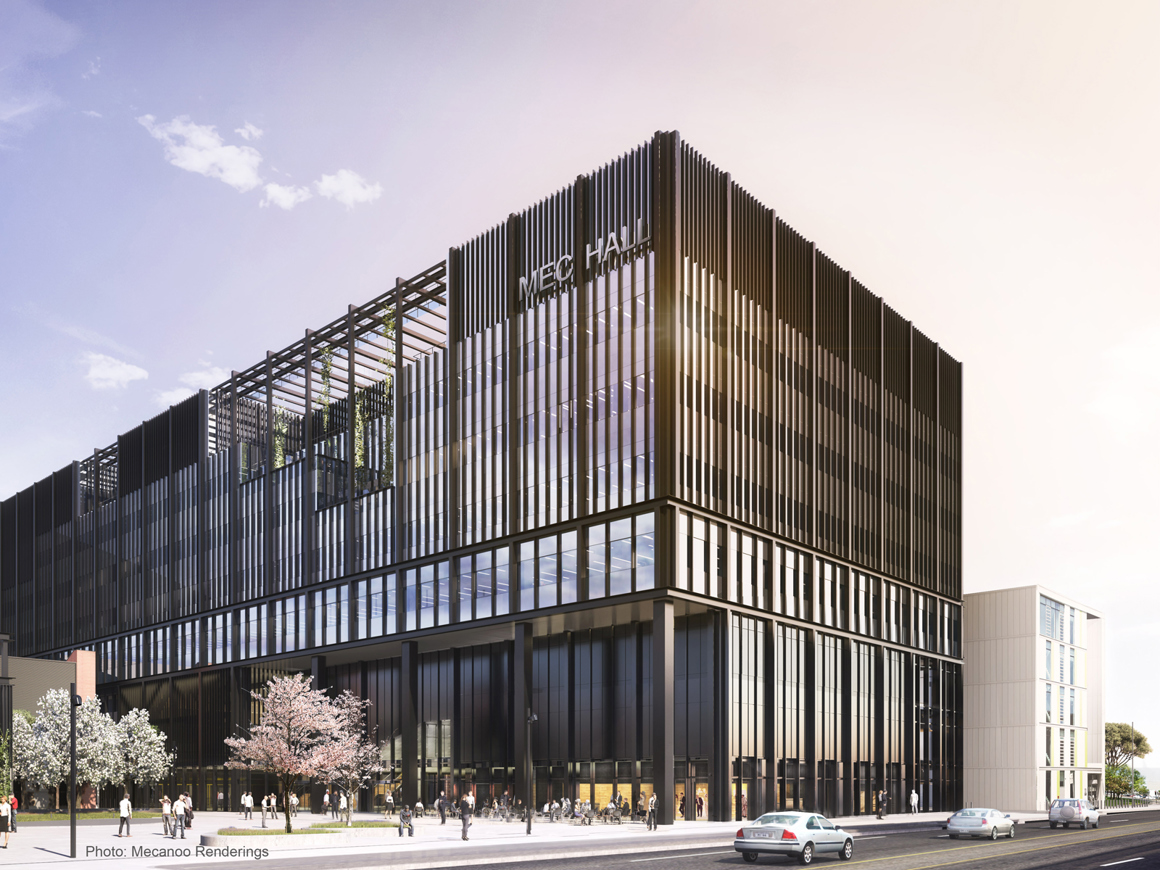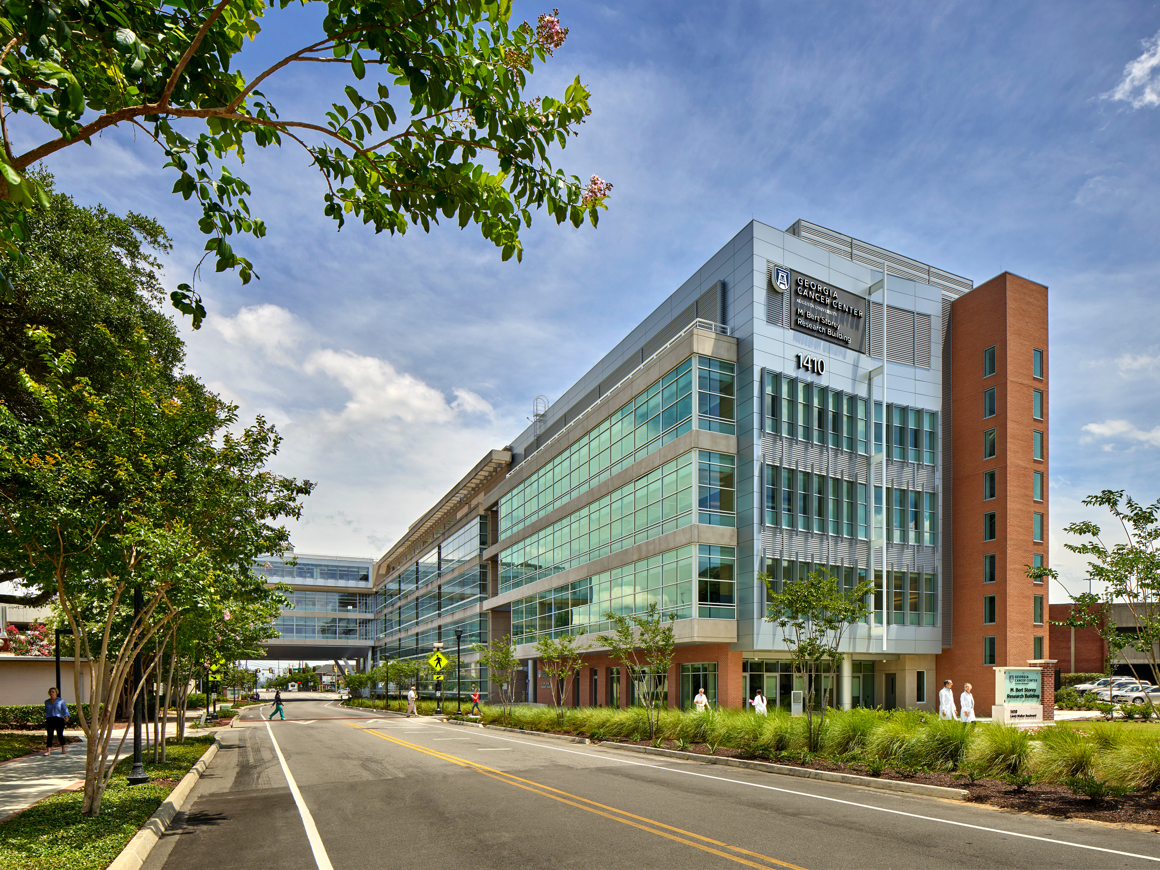About mixed-mode ventilation
Mixed-mode ventilation incorporates natural ventilation with traditional mechanical systems, all while reducing energy consumption, providing a healthier indoor climate, and reducing CO2 emissions.
See our control systemsWhat is mixed-mode ventilation?
Mixed-mode ventilation or hybrid ventilation is a relatively new concept that is a sustainable and cost-effective way to provide thermal comfort to occupants by regulating the indoor temperature. This ventilation strategy not only offers a means of indoor climate control but also enhances indoor air quality by lowering CO2 levels, creating a healthier indoor climate, and improving occupant productivity.
Mixed-mode ventilation systems combine all the best features of natural ventilation by controlling building openings automatically and intelligently with window actuators and a mechanical system.
Hybrid ventilation or mixed-mode ventilation?
Hybrid ventilation and mixed-mode ventilation are terms that are used interchangeably to mean the same thing. So, the same principles and benefits that we describe about mixed-mode ventilation are the same for hybrid ventilation.
How do mixed-mode ventilation systems work?
Mixed-mode ventilation systems reduce energy consumption through the reduction of mechanical fan use and, in some cases, the cooling demands. By using key natural ventilation strategies to ventilate during the day or night (night cooling), mixed-mode ventilation reduces the use of mechanical systems and possibly the size of the system. Like natural ventilation systems, mixed-mode ventilation systems utilise sensors to monitor indoor temperature, CO2 levels, and humidity, as well as outdoor conditions. Based on this data, the system will automatically either choose natural ventilation or mechanical ventilation, depending on which system is the most optimal to use. The system will then switch back to the natural ventilation strategies when appropriate. For example, if the weather is too cold, too rainy, or too hot, the mixed-mode ventilation system adjusts the building openings appropriately and communicates with the mechanical ventilation system to optimise the indoor environment. The system then takes a holistic approach to ensure occupant comfort and indoor climate health for a high-performance building.
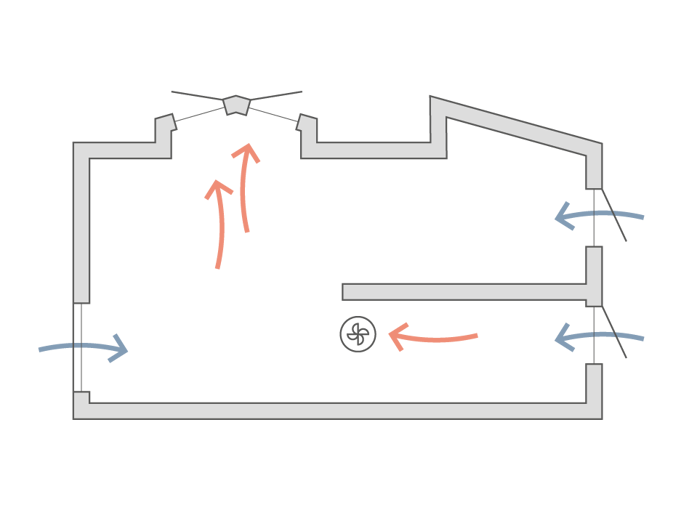
How does mixed-mode ventilation work in different seasons?
-

Summertime
Window actuators control building openings to let cool outdoor air into the building. This is often achieved through night cooling. Depending on the climate, the building openings may also open during the day to change the air or cool the building, depending on the indoor temperature parameters. These strategies ensure sustainable building operation through a minimum use of energy.
-

Wintertime
In some climates, a mixed-mode ventilation strategy can work with a mechanical ventilation system to ventilate the building while recovering heat generated in the indoor environment. In this way, heat recovery can reduce heating demands while minimising or eliminating the experience of draft.
-

Spring/Fall
WindowMaster’s mixed-mode ventilation systems are intelligent indoor controls that monitor indoor and outdoor climate factors to deliver optimal indoor comfort. The climate can vary greatly during these seasons, so a combination of summer/winter strategies is often employed. The control system chooses between natural and mechanical ventilation, depending on what is most appropriate for both the indoor and outdoor conditions.
What types of buildings are suitable for mixed-mode ventilation?
Mixed-mode ventilation is suitable for almost all building types, like office buildings, schools, shopping malls, hospitals, and sport facilities.
Project References
Mixed-mode ventilation is ideal because it is a highly effective indoor control strategy for sustainable buildings
-

Reduced costs
Mixed-mode ventilation has shown to save up to 25% in energy consumption compared to natural ventilation and 60-70% in comparison to purely mechanical systems.
-

Low maintenance
Mixed-mode ventilation does not require costly maintenance, further reducing costs as well as saving you time and effort.
-

Improved air quality
Mixed-mode ventilation systems ensure that fresh air is flowing into your building when appropriate. This will improve your air quality which, in turn, will improve the health of the occupants of the building and increase productivity and concentration levels.
-

Consistency
Mixed-mode ventilation ensures that each room is supplied with the right amount of both cool and warm air, keeping the temperature constant and at a pleasant level. This reduces or eliminates the feeling of drafts by occupants.
-

Reduced carbon emissions
By implementing a mixed-mode ventilation system in your building, you are choosing a strategy with reduced carbon emissions.
How to determine if this ventilation strategy is right for your building
The team of engineers at WindowMaster’s Ventilation Institute understand the design and commissioning for whole building controls and intelligent facade solutions. They can assist you in your project with simple advice or even detailed analysis, such as CFD calculations and dynamic simulations of your building’s indoor climate. Our team has many years of experience in designing systems for both new-build and refurbishment projects all over the world, as well as carrying out post-occupancy evaluations through research and development projects.
Contact us here!
